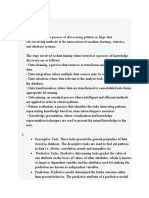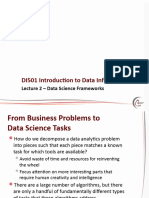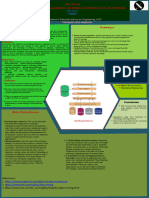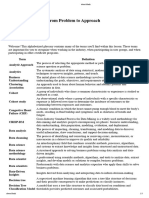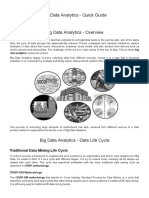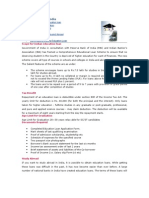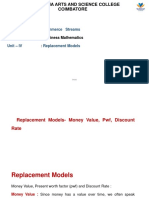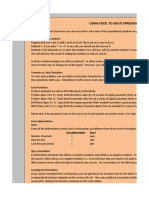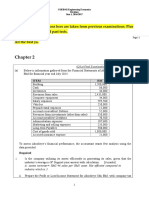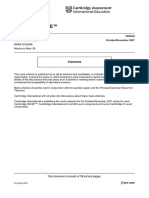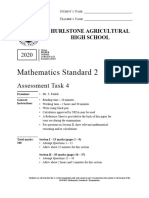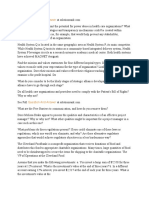0% found this document useful (0 votes)
21 views24 pagesUnit 2 Data Science Process Plus
The document outlines the data science process, emphasizing the importance of understanding business problems and designing data analytics solutions. It details the CRISP-DM process, which includes stages such as business understanding, data understanding, data preparation, modeling, evaluation, and deployment. Additionally, it discusses the significance of prior knowledge, correlation analysis, and the preparation of data for effective modeling and application.
Uploaded by
tong phuoc hoang minhCopyright
© © All Rights Reserved
We take content rights seriously. If you suspect this is your content, claim it here.
Available Formats
Download as PDF, TXT or read online on Scribd
0% found this document useful (0 votes)
21 views24 pagesUnit 2 Data Science Process Plus
The document outlines the data science process, emphasizing the importance of understanding business problems and designing data analytics solutions. It details the CRISP-DM process, which includes stages such as business understanding, data understanding, data preparation, modeling, evaluation, and deployment. Additionally, it discusses the significance of prior knowledge, correlation analysis, and the preparation of data for effective modeling and application.
Uploaded by
tong phuoc hoang minhCopyright
© © All Rights Reserved
We take content rights seriously. If you suspect this is your content, claim it here.
Available Formats
Download as PDF, TXT or read online on Scribd
/ 24









